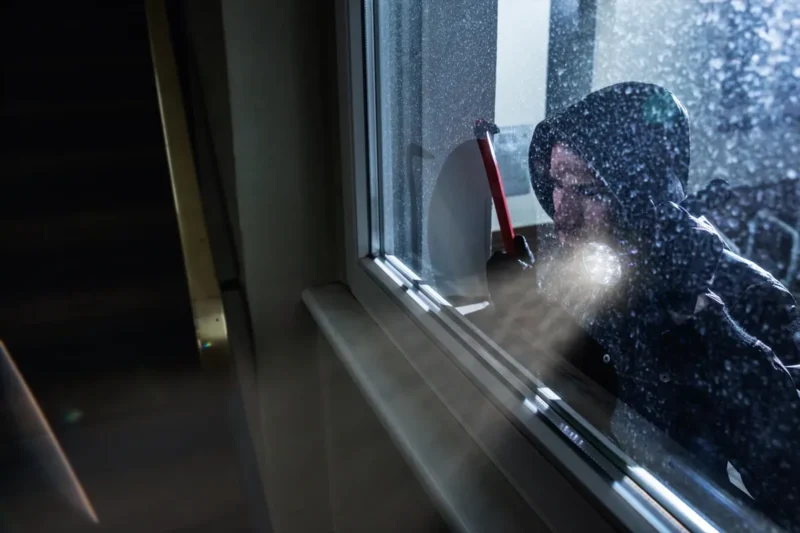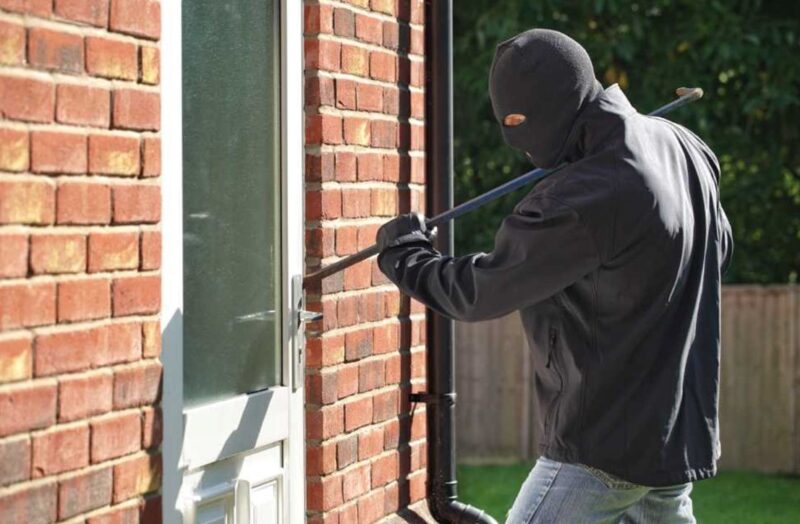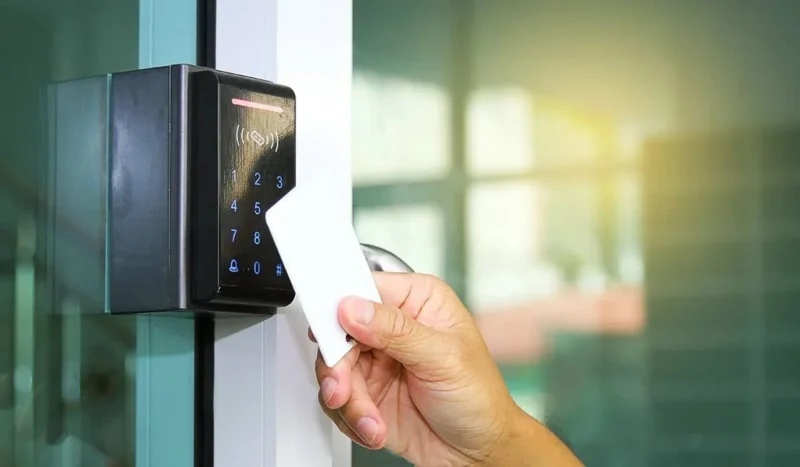Have you ever wondered what draws a burglar to a particular home? Is it just chance, or do burglars look for specific things when choosing their targets? Given that the point of most burglaries is to steal high-value items, it makes sense that criminals would choose their targets wisely. The question is how they go about doing it.
Bear in mind that professional criminals tend to be a lot more deliberative in choosing their targets. Meanwhile, spur-of-the-moment burglars still tend to have certain goals in mind. Both types of criminals look for targets that meet their criteria.
In a recent post discussing 2023 burglary statistics, Vivint mentions seven things that could indicate that a home is a good burglary target. Since the Vivint post did not go into detail, this one will. Below are the seven things Vivint mentioned along with possible explanations of why they might make a house a burglary magnet.
1. Not Being Home

The simple idea of not being home is obvious, but it doesn’t do justice to the fact that burglars sometimes go to great lengths to determine that is the case. Think of it this way: burglars do not go into it wanted to get caught. They don’t go into a home looking for trouble. A burglar might walk through a neighborhood systematically ringing doorbells to see who is home and who is not.
We can extrapolate and say that a home being unoccupied for longer amounts of time is at higher risk for burglary. Your home might be unoccupied for 8-10 hours per day while you are at work. But when you head out on that two-week vacation, it is now unoccupied 24/7 for 14 days straight.
2. Street Location
One thing we know for sure is that burglars don’t like to be observed. That being the case, Some say that houses located in the middle of the block are more likely to be burglarized than corner houses. That is because corner houses enjoy greater visibility on two sides. Corner lots also tend to be more open. Just know that this particular point is hotly debated.
3. A Tall Perimeter Fence
Next up is a tall fence on the perimeter of your property. A tall fence can prevent neighbors from seeing the back and sides of your house, thereby providing natural cover for a burglar willing to break in through the rear patio door. It goes back to that same principle of not wanting to be seen.
A burglar intent on not getting caught we use any cover he can. A tall fence is a visual barrier and an ideal point of cover. One possible exception would be hitting houses in a neighborhood with mostly two-story dwellings. Neighbors in the upstairs portions of their houses can still see the backyard. But a tall perimeter fence is better than no fence at all.
4. Overgrown Trees and Shrubs

Continuing with the theme of finding cover, burglars do not necessarily have an aversion to entering through the front of a house if there is sufficient cover to conceal their actions from street view. Enter overgrown trees and shrubs. Burglars love them.
Overgrown trees and shrubs provide cover in two ways. First, they can block the view from the street so that passersby would have trouble seeing a burglar kicking in the door or breaking a window. If there is enough cover, passersby might not even see a burglar approach the house.
The second consideration is being able to see into the house while a burglary is in progress. This is more important at night than it is during the day but is still a consideration around the clock. When the street view of the house is obscured by overgrown trees and shrubs, it’s harder to tell what’s going on inside.
5. Neighborhood Class
The next consideration is the class of neighborhood your home is located in. Remember that most burglars break into steal. Doesn’t it make sense they would be more likely to hit houses in wealthy neighborhoods so as to increase the chances of a big score?
Of course it does. Homes in wealthier neighborhoods are likely to offer the types of things burglars love most: jewelry, high-value collectibles, expensive electronics, and cash and credit cards.
The other side of that coin is that homes in wealthier neighborhoods are also more likely to be protected by monitored home security systems. It becomes a risk assessment sort of thing for the burglar. Is a home attractive enough to take the risk of triggering an alarm system? It is something burglars need to think about.
6. Cars in the Driveway
Cars in the driveway are yet another consideration. Vivint’s post mentions only expensive cars. I take that to mean that expensive cars are a sign of wealth more than capable of encouraging a burglar to strike. But there is another way to think of it. Think back to the first item in this list: not being home.
If a burglar notices no cars in the driveway for an extended amount of time, he might suspect that the home is unoccupied. He may watch the home for a couple of days to see if cars come and go. Likewise, if cars remain parked in the driveway and don’t move for several days in a row, that could also be an indication that the home is unoccupied.
7. The Absence of Security Equipment

Rounding out the list is the absence of home security equipment. Home security systems act as a deterrent to burglary by making the crime riskier for burglars. Needless to say that burglars aren’t big fans of security cameras and motion sensors. If they know home is not protected by home security, they know they have an advantage.
Is your home a burglary magnet? Be honest. If it is, you have a choice: take the necessary steps to prevent burglary or continue rolling the dice in the hope they don’t come up snake eyes.


